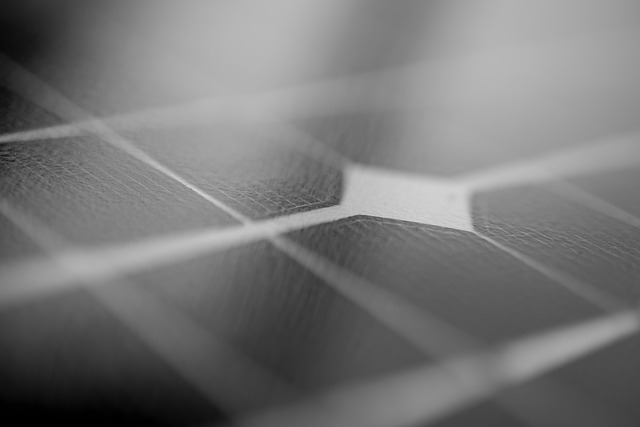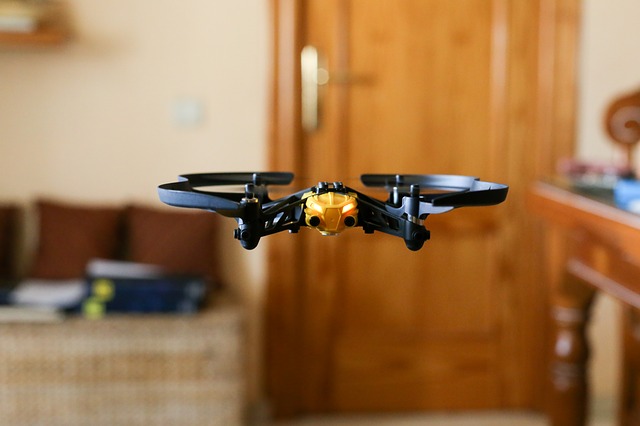Lithium-Ion Battery Recommendation
Jun 05, 2019 Pageview:1105
What is a Lithium-Ion Battery?
In the year 1970s, the first lithium battery was commercially available in the market. But is not stopped here in the year the 1980s also many attempts were made for developing rechargeable lithium battery. Due to the use of anode materials, the experiment gets failed. Lithium is the lightest metal and it has the greatest potential of electrochemical. It helps in providing the largest specific energy. Lithium metal on the anode with rechargeable batteries can provide high energy densities.
The lithium-ion battery is liked a family of rechargeable batteries which provide high energy density and commonly used in consumer electronics. LIB uses lithium compound instead of metallic lithium in its electrode. The batteries of all sizes are light in weight and it is mostly used in portable electronics.
This type of battery also found in cell phones, laptops, PDAs, and iPods. When a lithium-ion battery gets discharge its ions start moving towards the positive electrode from negative ones. When it gets charged ions of battery moves in the opposite direction it means the negative electrode becomes cathode whereas the positive electrode turns into the anode
When do you need a lithium-ion battery?
If we compare lithium-ion batteries with other traditional battery then it will provide you many features such as it last for a longer period, charges at a faster speed, and it provides high density so that it could increase battery life.
High Energy Density
It is one of the best reasons for using a lithium-ion battery. When people used electronic equipment like mobile phones and laptops then they need longer operate between charges when they are still consuming more power. Then in this condition, people always need a battery which has high energy density. Along with this, there are lots of power applications which are from power tools to electric vehicles.
Whereas other types of rechargeable batteries have low energy density than the LIB and thus it becomes unsuitable for energy-intensive applications. The batteries which are based on nickel metal have 20% of discharge rate. The reason that lithium has equipped with high power density is more beneficial. Even vehicle running on battery always needs batteries with high energy density.
Longer Lifespan
The main reason for using lithium batteries are a long span of time. But when you use rechargeable traditional batteries it provides less lifespan as it also depends on the charge and discharge cycle they can handle. Whereas LIB could easily manage hundreds of cycle and if you are using advanced LIB then it has the capacity to manage the 5000 charge and discharge cycles.
When you have been charging the lithium-ion battery to 100% after it gets partially discharged then you could not count it as one cycle. A single cycle is counted when more than half of the battery gets discharge before you charge it fully. Some of the companies recommended that you should get plugged into power as much as and it maintains the lifespan charging capacity of the battery.
Self Discharge
There are lots of issues related to self-discharge as many traditional batteries have a 20% rate of self-discharging. But at the same time, lithium-ion batteries have equipped with cells which decrease their rate of self-discharging. Their rates are much less than other rechargeable batteries as it has 5% in the first 4 hours of charge. It automatically falls up to 2 % per month which is very less. It means LIB is very helpful and save charging of the devices.
How to know which kinds of lithium battery is good for use?
The batteries of Lithium cobalt oxide are made of lithium cobalt or carbonate. It has a very high capacity so these types of batteries are usually used for android devices and electronic cameras. This type of battery has a shorter life and provides limited power. These batteries use graphite carbon as their anode material. So it makes batteries not very safe for use.
Lithium manganese oxide
These batteries were commonly known as lithium manganate. The first commercial lithium cells made of lithium manganese oxide produced in the year 1996. These types of batteries have the capability to get stable at high temperature also and it is safer other than lithium-ion batteries. So it makes suitable for use in medical equipment, electric bike, and cars.
Lithium iron phosphate
This type of battery is generally known as Li-phosphate batteries and it used phosphate as a cathode. The battery provides the benefit of low resistances due which it enhances thermal stability and safety. Another benefit of the battery is that has long lifecycle and durability. The lower voltage of the battery makes it less energy as compared to other batteries.
lithium nickel manganese cobalt oxide
This battery also is known as NMC batteries and these batteries are made of many materials. This type of battery includes cathode which is made of a mixture of cobalt, manganese, and nickel. It has a high specific energy density or high power. This type of battery commonly used in power tools and powertrains for vehicles. It has a very self-heating rate which makes it suitable for electric vehicles.
Lithium nickel cobalt aluminium oxide
Lithium nickel cobalt aluminium oxide batteries are also known as NCA batteries. These types of batteries are becoming popular in grid storage and electric powertrains. This type of battery generally not used in consumer industry but it is perfect for the automotive industry. IT provides high energy and longer lifespan but they are not safe for general use. And it costs more as compared to other batteries.
Lithium titanate
These types of batteries have set a class for batteries so that they can allow for increasing applications. The benefit of the battery it provides fast charging. It becomes suitable for electric buses at the same time it comes with lower energy density which can create an issue while powering vehicles. But still, the density of batteries is still higher than other lithium batteries.
- Prev Article: Will Lithium Batteries Explode?
- Next Article: Lithium-Ion Battery Chemistry Analysis
Leave Message
Hottest Categories
-
Hottest Industry News
-
Latest Industry News












